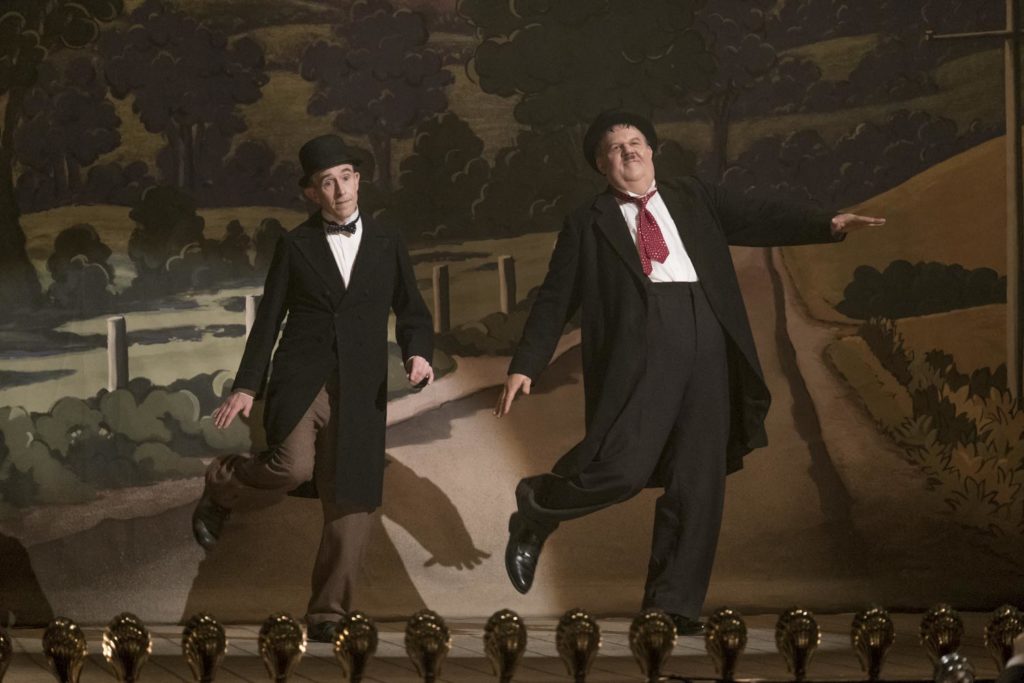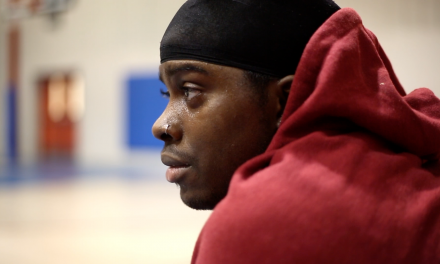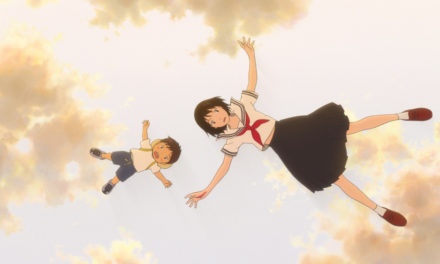
Courtesy of Sony Pictures Classics
Some of the simplest joys in life come from a person’s willingness to act a little silly; sharing fun and laughter with others can make even the worst of days better. “Stan and Ollie” is a charming story that celebrates this whimsical attitude by following the lives of two middle-age comedians who stay true to their jovial nature, even into older age.
“Stan and Ollie” follows the titular duo of Stan Laurel (Steve Coogan) and Oliver Hardy (John C. Reilly), famous mid 20th-century Hollywood comedians, as they tour the United Kingdom and Ireland in 1953. As the two age, their time in the spotlight seems to be waning. When they arrive overseas, the duo is greeted with small hotels, small theaters and small audiences, with many empty seats in the house. Stan and Ollie continue to perform and hope to impress a Twentieth Century Fox studio executive in London and secure funding for their new Robin Hood movie. However, meager box office returns, threat of tour cancellation and executives ignoring the two, the future of their movie seems grim. With some old resentments over past disagreements and Ollie’s ill health compounding their troubles, the duo is set up for a difficult journey.
But the two are better prepared to take that trip in stride than almost anyone, with their playful demeanors brought lovingly to life by the fabulous on-screen chemistry between Coogan and Reilly. There is rarely a moment where Stan and Ollie are not creating or playing out some funny bit that allows the two actors to exude charm. From ringing a hotel bell to resolving their disputes, Stan and Ollie shine as true comedians, down to their last funnybone.
However, both characters are not invincible in the face of strife, especially when the time comes for the duo to face their box office issues and their personal disputes. Coogan and Reilly find the perfect balance between their anxieties and the warmth at the heart of their friendship. Their grounded performance is well-backed by supporting cast members: their wives Ida Kitaeva Laurel (Nina Arianda) and Lucille Hardy (Shirley Henderson), who have humorous back-and-forths of their own, and the energetic Bernard Delfont (Rufus Jones). Together, the cast all bounce off one another like a classical Hollywood sketch; simultaneously, they give a strong portrayal of the effort, struggle and wonder in these comics’ lives.
The performances invite the audience to connect and empathize with Stan and Ollie. Most other elements in the film effectively support this relationship, but few aspects stand out independently. Cinematography in the film, while occasionally eye-catching, is best at allowing the viewer to feel close to Stan and Ollie, offering little distinguishing style. The soundtrack immerses the audience in the wonder of the old-school Hollywood narrative, but rarely draws attention on its own merit, mostly existing as background, tone-setting music. The film as a whole works mostly in service of its excellent performances and brings the audience back in time to the earlier days of the movie business. When all elements are brought together, they create an experience that is altogether cohesive and calls attention to the film’s most important characteristics.
The numerous thematic elements that “Stan and Ollie” manages to incorporate effectively are marvelous: celebrating the lives of two beloved comedians, fear of disability in old age, the nature of friendship in Hollywood and more. Yet what makes the film so moving and Reilly’s and Coogan’s characters so endearing is its ode to laughter. Stan and Ollie share a comedic brotherhood that is tested again and again, yet they stick with each other. Their dedication to their work, and their endless playfulness, make the two lifelong friends. When the duo performs on stage, the audience’s laughter on-screen hardly felt different between the few people in the empty theaters to the large crowds in the full houses. Stan and Ollie’s everyday silliness feels no less valuable than their movie plan, because it brings smiles to the faces of both the people around them and viewers in the onscreen audience. Watching Stan Laurel and Oliver Hardy take one final bow is sure to warm audiences’ hearts and brighten their days.
Grade: A
Rhett Hipp (22C) is from Winter Park, Florida, majoring in film and media studies, creative writing and Japanese language and culture. Along with writing for the Wheel, Hipp is the current vice president of Emory’s Japanese Cultural Club. He reviews films, games and anime. Contact Hipp at rhett.hipp@emory.edu.






